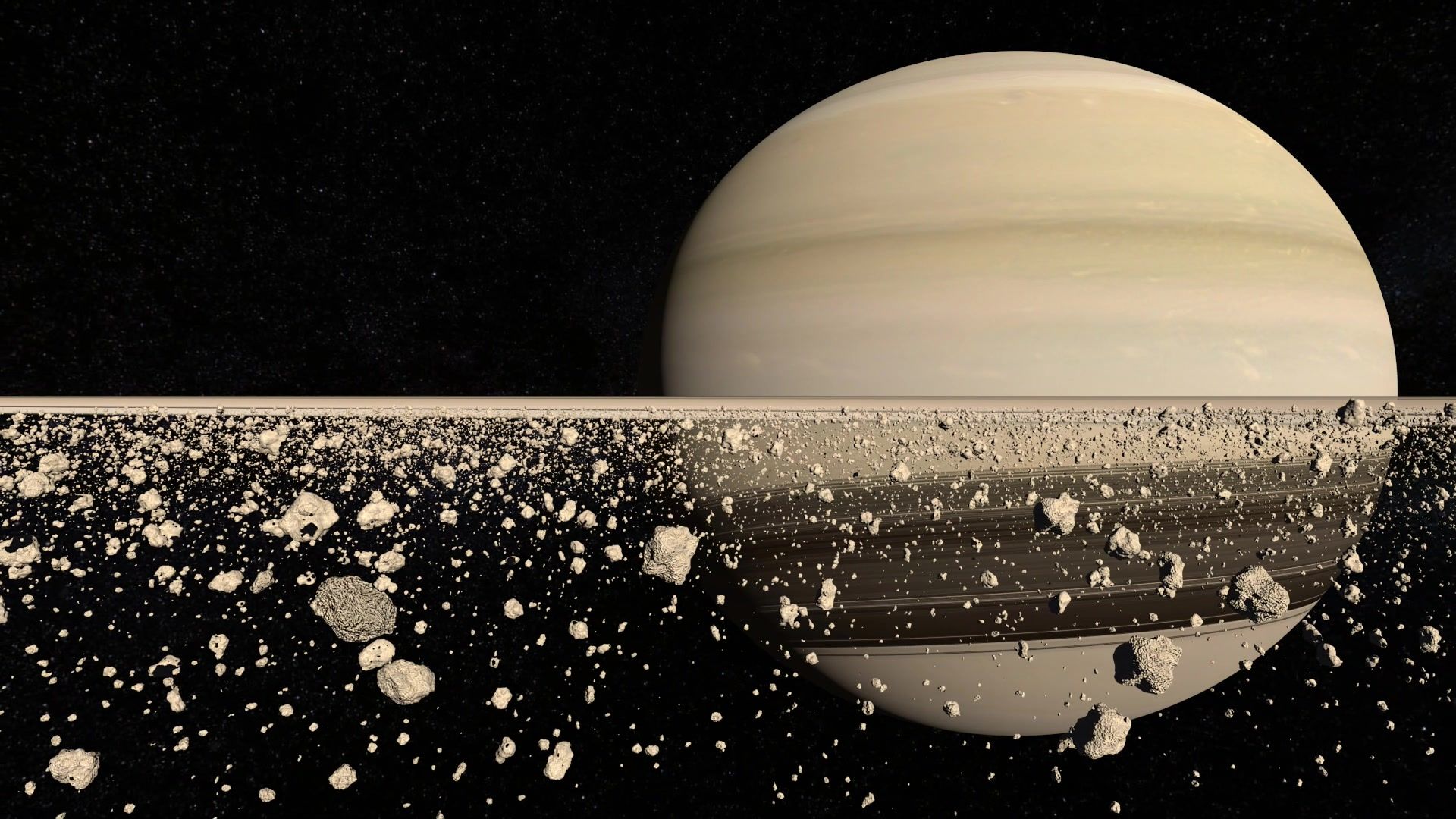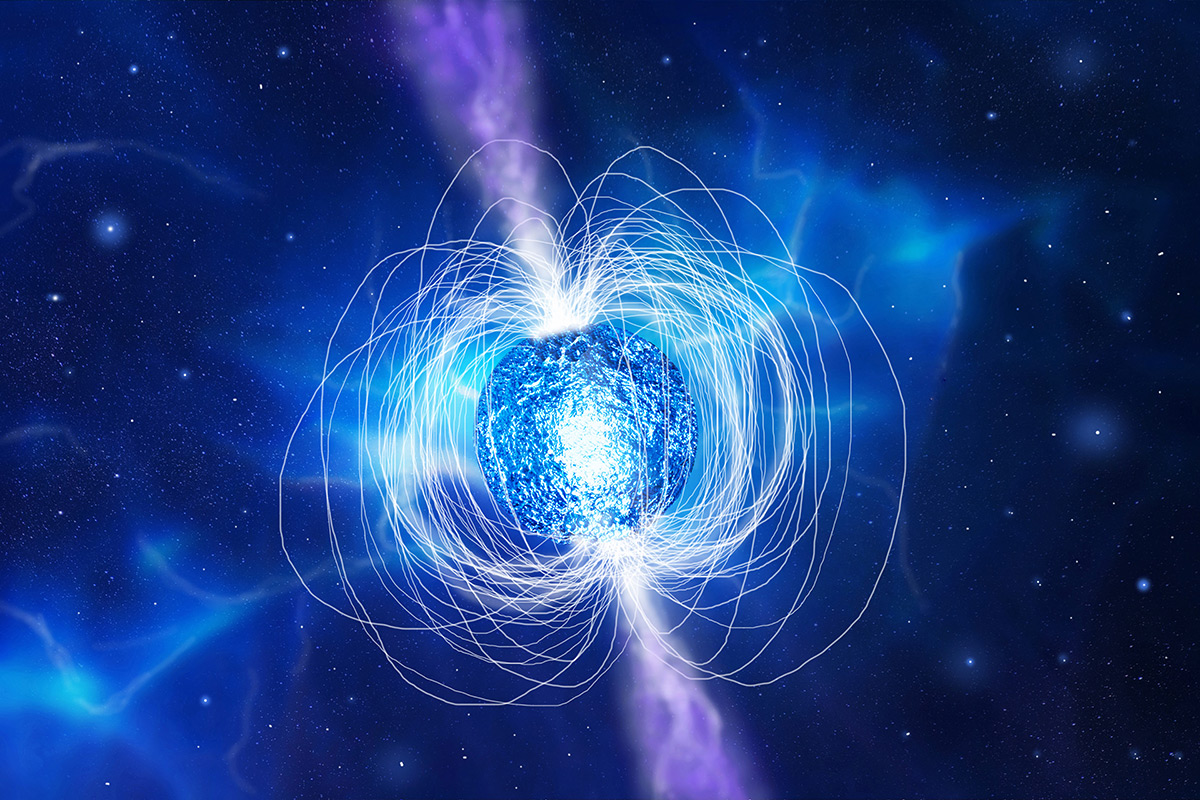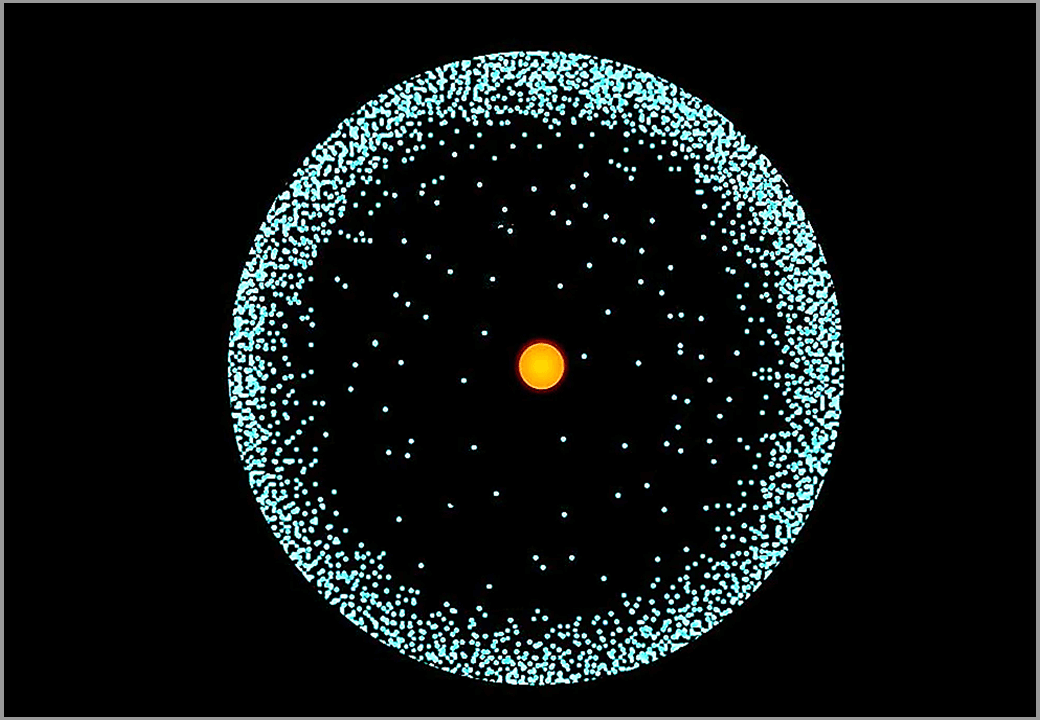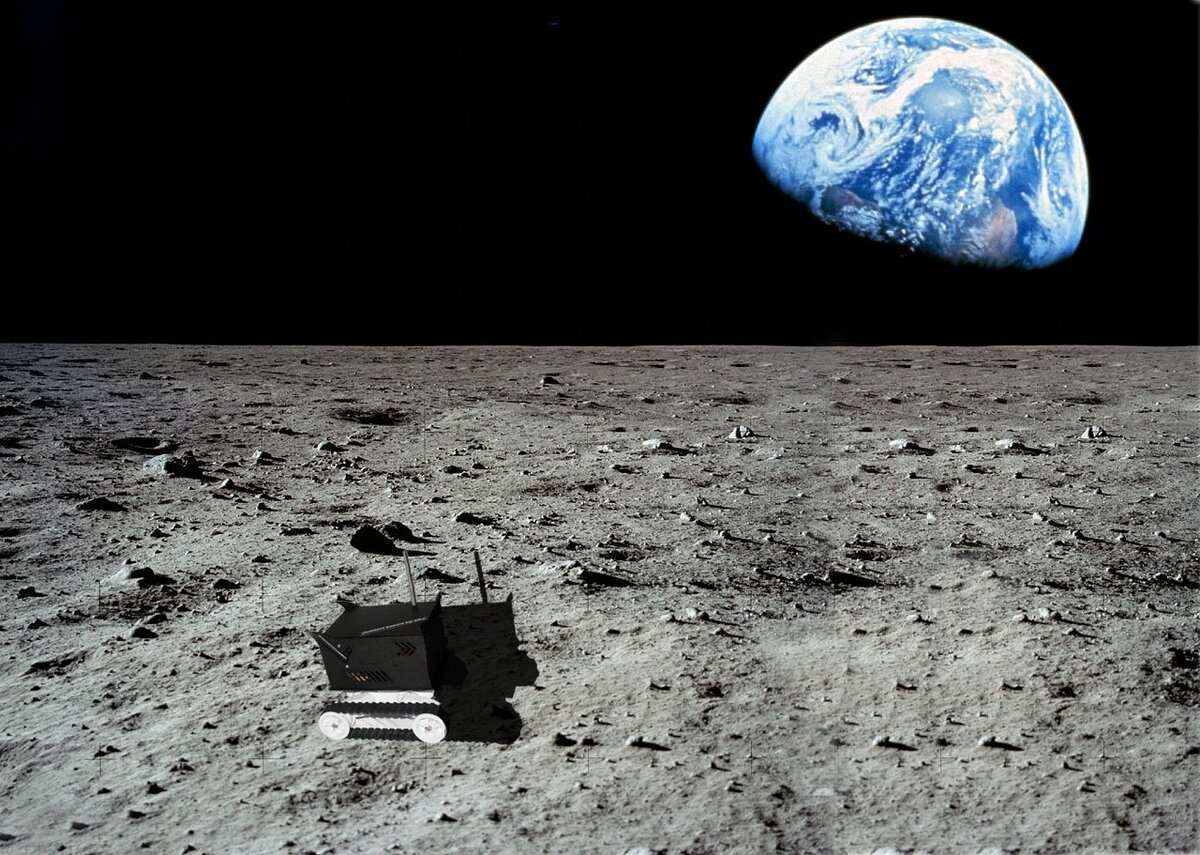Get ready to embark on a journey through the fascinating universe of physics as we unveil 12 mind-bending physics facts. From the quirky quirks of quantum mechanics to the cosmic wonders of astrophysics, the world of physics is a treasure trove of mind-expanding knowledge. Whether you’re intrigued by the secrets of the atom or the mysteries of dark matter, our exploration will take you on a thrilling ride through the fundamental laws that govern our universe. So, fasten your theoretical seatbelt, and let’s accelerate into the captivating realm of physics!
Saturn’s unique composition, primarily consisting of gas, makes it less dense than water. Technically, if you were to place Saturn in a large enough body of water, it would indeed float. However, finding such a substantial pool of water would be quite a challenge.

The Sun and the planets in our solar system have maintained relatively stable distances from each other for billions of years. This balance results from each planet’s speed, allowing them to neither be drawn closer to the Sun nor escape the solar system.
A minuscule piece of the Sun’s core, equivalent in size to a pinhead, would be deadly if placed on Earth, as it contains an immense amount of energy. The release of this energy would result in an explosion akin to a nuclear bomb, posing a severe threat within a radius of 145 kilometers (90 miles).
Neutron stars are incredibly dense celestial objects, so much so that a teaspoon of their material would weigh as much as Earth’s entire population.

The production of just one gram of antimatter incurs a staggering cost of approximately 62.5 trillion dollars.
In an unconventional yet thought-provoking paper, Marc-Antoine Fardin referenced photographs of cats in jars, baskets, and salad bowls to draw a unique conclusion that cats exhibit properties of both solid and liquid objects. This intriguing research earned him the Ig Nobel Prize in Physics in 2017.

During his time as a theoretical physics student at Princeton University, Jeff Bezos encountered a challenging mathematical problem that left him baffled. Seeking assistance from a friend, Bezos was astonished when his friend effortlessly solved the problem at a glance. This experience led Bezos to realize that theoretical physics might not be his strong suit, prompting him to change his academic direction.

Our sun’s gravity has the intriguing effect of bending light as it travels through space. This phenomenon, known as gravitational lensing, causes stars to appear in positions slightly different from their actual locations when observed from Earth.
Hydrogen atoms stand as the most abundant atomic species in the universe, constituting nearly 74% of all atoms within the Milky Way galaxy.

In the 1930s, German nationalists developed their own brand of physics because they believed that the actual thing was too Jewish.
Gravity is the force responsible for maintaining the orbits of Earth and the other planets in our solar system around the Sun. It also plays a crucial role in keeping the Moon in orbit around Earth.

Contrary to common belief, all objects, regardless of their mass, fall at the same rate when under the influence of gravity. The perception of different falling speeds arises from air resistance, which affects lighter objects more significantly. On the moon, where there is no atmosphere to create air resistance, a feather, and a bowling ball would indeed fall at the exact same rate.

